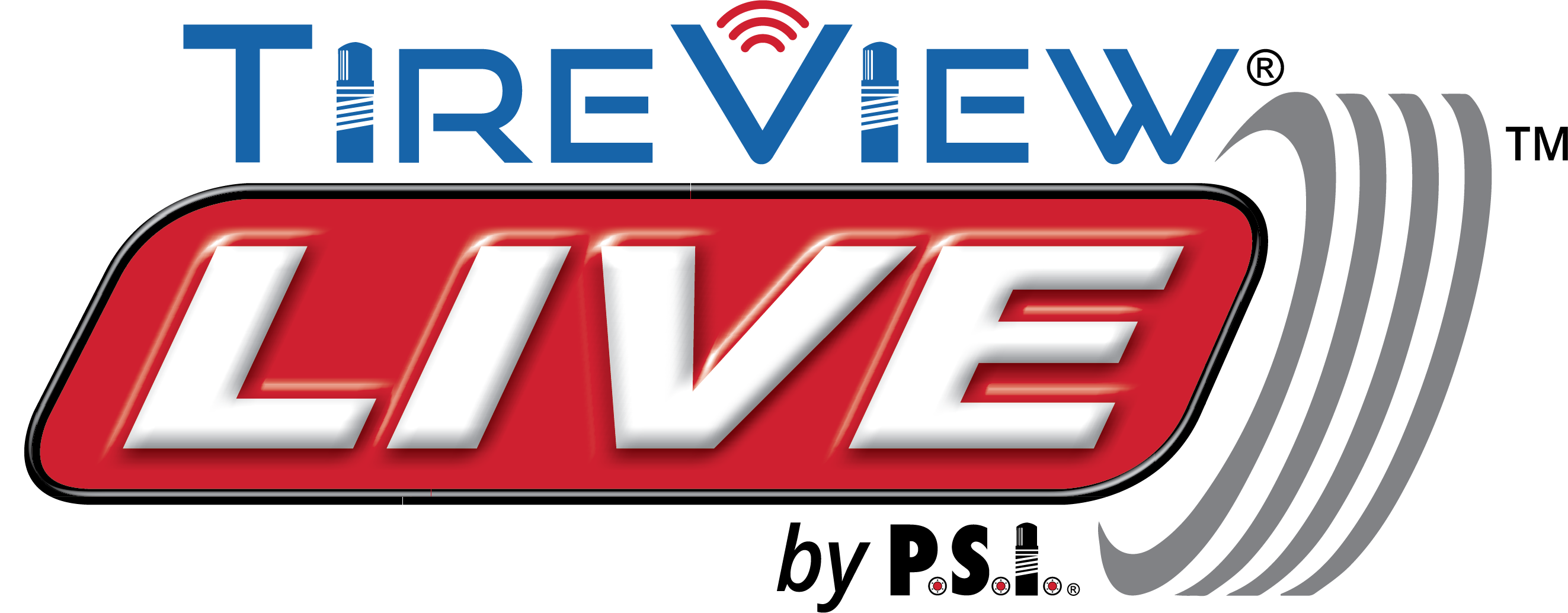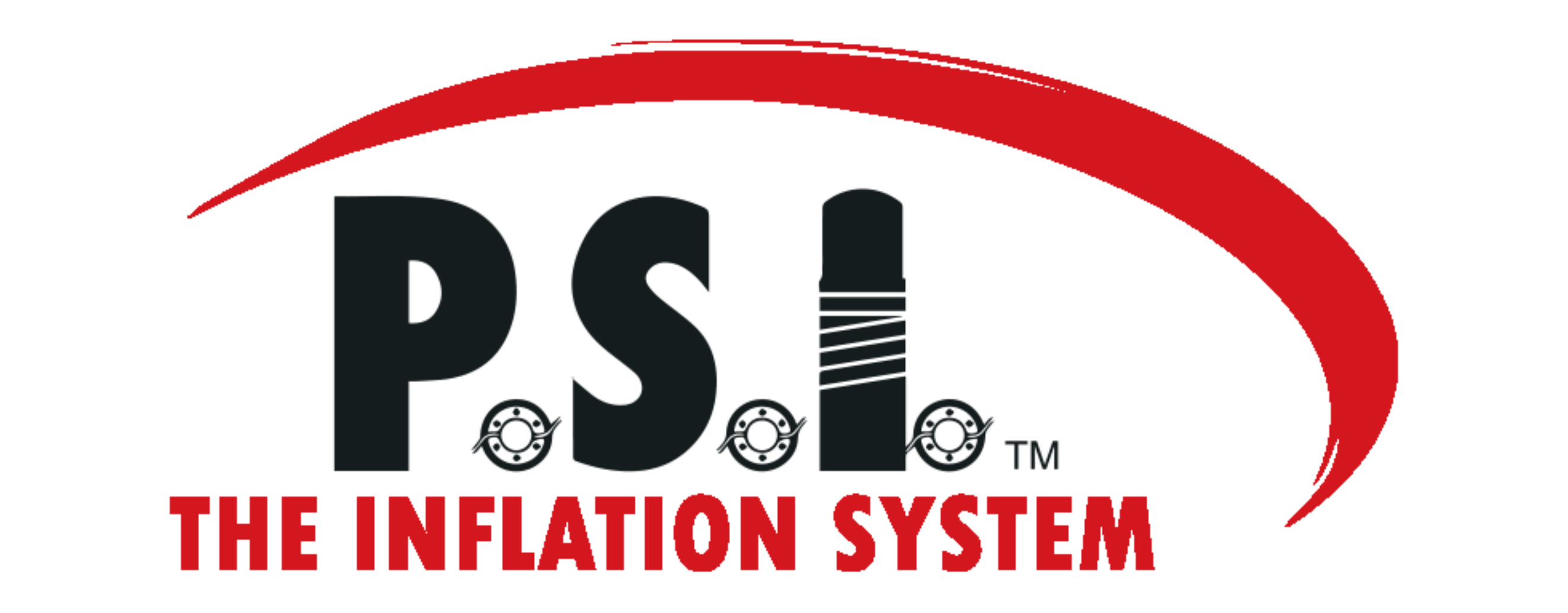
Next to fuel, tires have been and will continue to be the most costly fleet maintenance expense. What can fleet owners do to maximize fleet savings in fuel and tire expense?
- Run tires at recommened air pressure to maximize fuel economy
- React to flats before they leave the yard to prevent loosing a casing on the road and preventing down time of a driver waiting on a tire service that may or may night have your type of tire needed for your application
- Prevent irregular tire wear before it starts
- Driver training on what to look for a pre-trip and post-trips. Most drivers just kick a tire to check pressure. When with a loaded trailer it is almost impossible to notice a tire at 70psi or at 100psi.
- Invest in tire monitoring systems to alert when tire pressures reach minimal PSI.
- Give the driver ability to see the rear tires of a trailer when pulling into dark parking lots
Tire under inflation is responsible for about 1 road call a year per tractor and trailer. The average down time is easily of 2 1/2 hrs and is very costly. The goverment estimates that tire underinflation increases tire related cost $600-$800 annually per tractor-trailer. The ROI for running an automatic or TPMS system is typically under 1 year for most fleet operations.
The FMCSA tells us that for the average fleet operator , tire underinflation increases the annual procurement cost for both new and retrea tires between 10-13%.
NHTSA reports that commercial vehicles tire underinflation is linked to stopping distance and handling and overall safety. Poperly inflated tires could help prevent or limit crashes.
Most drivers do not realize driving with a severly underinflated tire could cause a thermal event. Usually when this happens it is almost impossible to extinguish a fire with what is immediately availble to drvier. In return the driver looses the load, or worse the entire truck and trailer.





